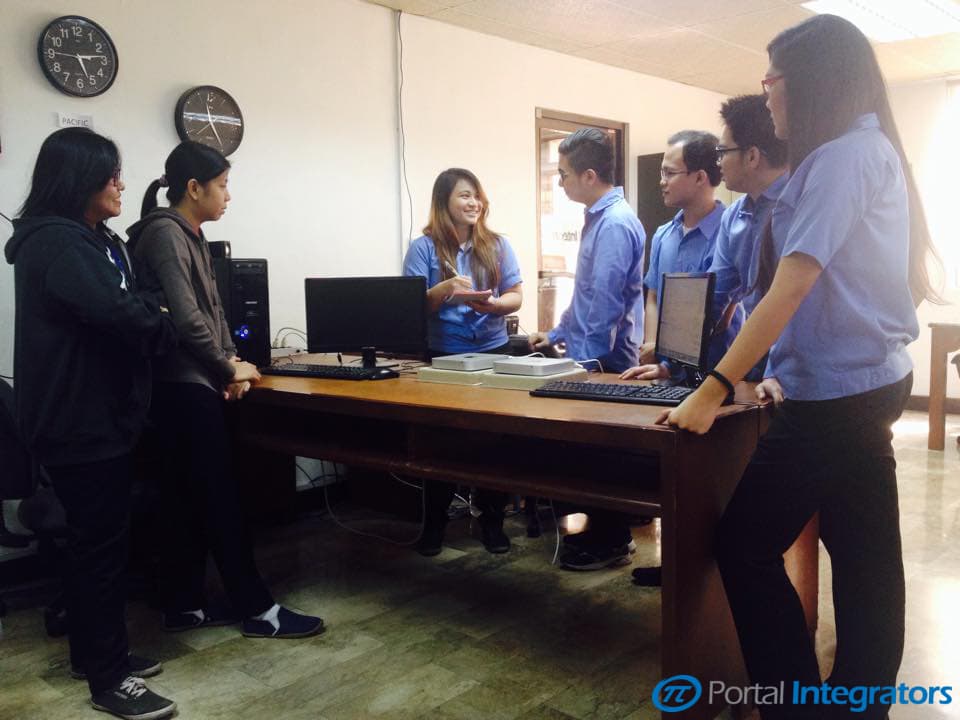To help us produce quality output for our valued clients, we have a meeting at the end of each sprint. We make time to share what each team member experienced during every sprint. We each take turns discussing the questions “what went right?”, “what went wrong?” and “what are the potential improvements?” During this meeting, we express, listen and are straightforward with each other. We call this hour the Sprint Retrospective.
The Sprint Retrospective is about both the work and the interpersonal relationships on the development team. The Retrospective includes the Scrum Master, who takes notes about the concerns and accomplishments that each team member shares. One of the goals of this activity is to ensure that each team member discusses their important concerns and also considers the other team members’ ideas.
During this activity, each team member needs to consider these three questions:
1. “What went right?” He/she needs to discuss something good that happened and how smoothly the process went while performing their tasks in the previous sprint. This is a brief explanation that can be deep and full of significance.
2. “What went wrong?” He/she may discuss a critical item or something that went so badly that it ended up being a problem during the sprint. Even the solution that was performed can be discussed.
3. “What are potential improvements?” These can be improvements for individuals or the entire development team that can be performed in upcoming sprints. Each team member shares what they think can be improved, and the other team members can openly respond with their point of view or suggestions. Each team member’s opinions are considered so that each perspective is clear and justified. This helps us to communicate and understand what each team member needs to enhance and develop so that the team will produce quality output.
The Portal Integrators team conducts this kind of activity to embrace openness and respect, which are important values of Scrum. As we follow the Scrum objectives, we learn to accept, analyze and plan for improvements for the upcoming sprints, as well as respect each other’s point of view. This activity is one example of how we positively and thoroughly implement the concept of Scrum. We not only produce and promote quality output; we are also a well-balanced and organized development team. Retrospective leads us to better communication so that we can share in each other’s successes, learn from each other’s mistakes and focus on our objectives as a team.

